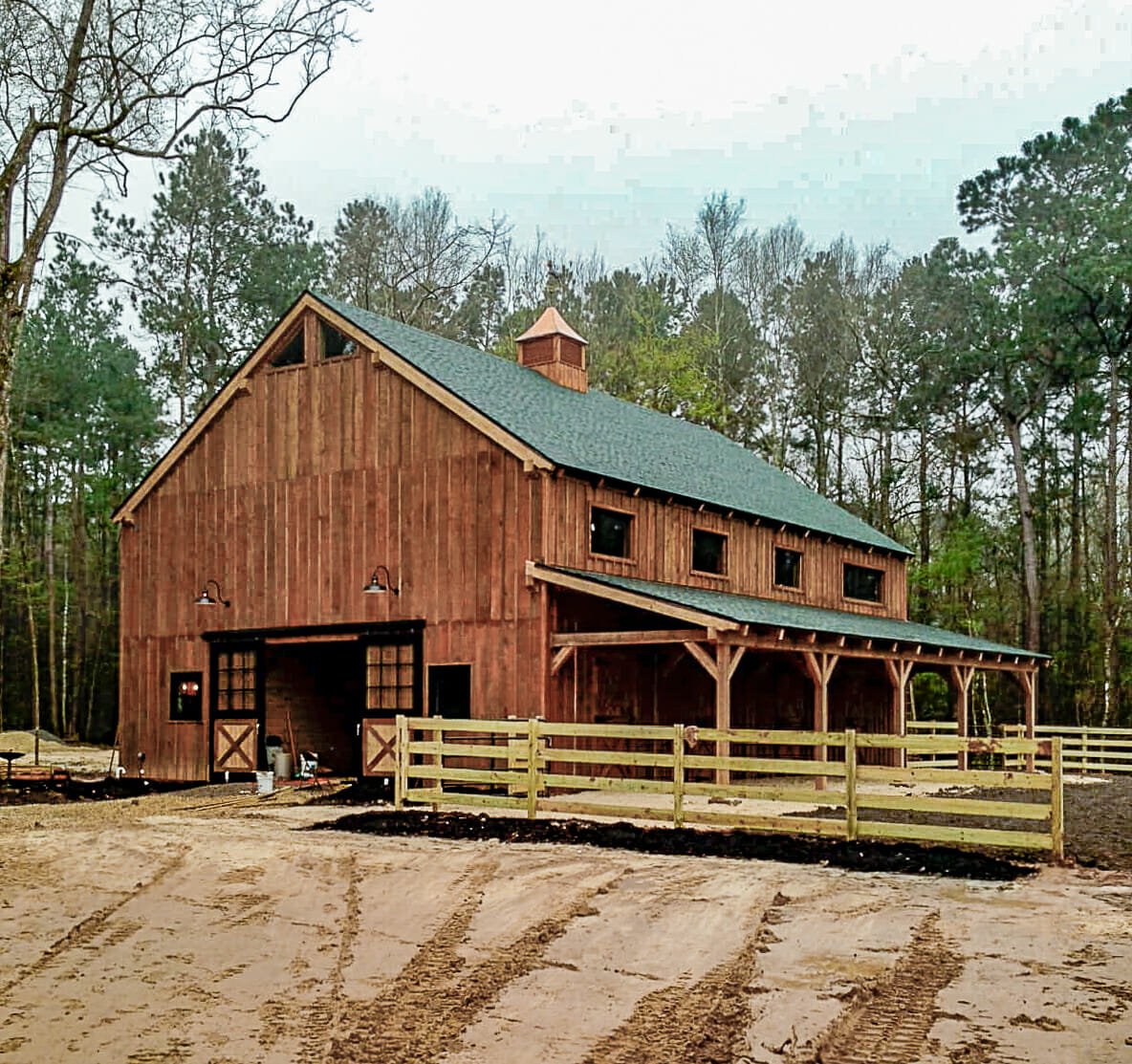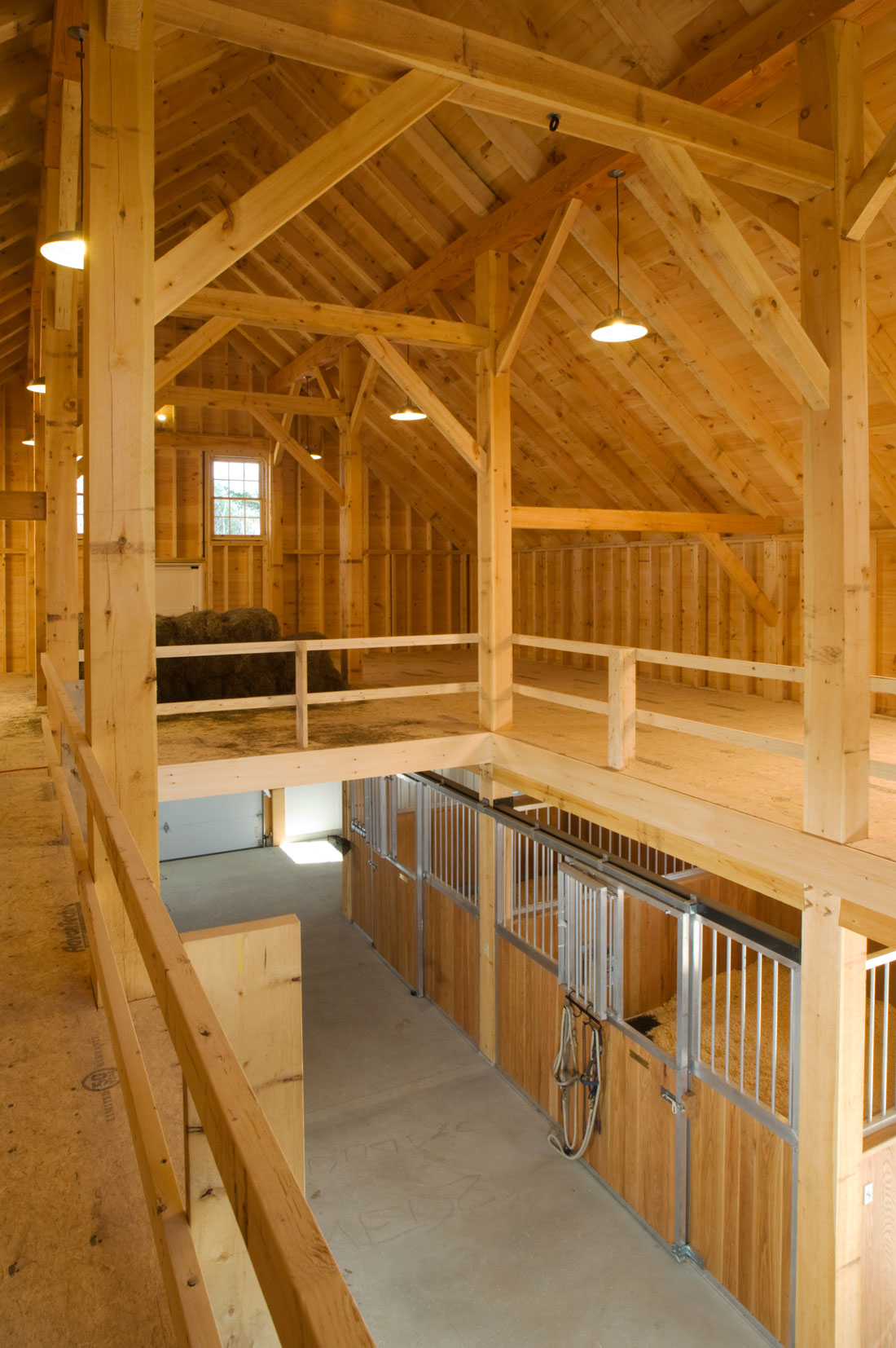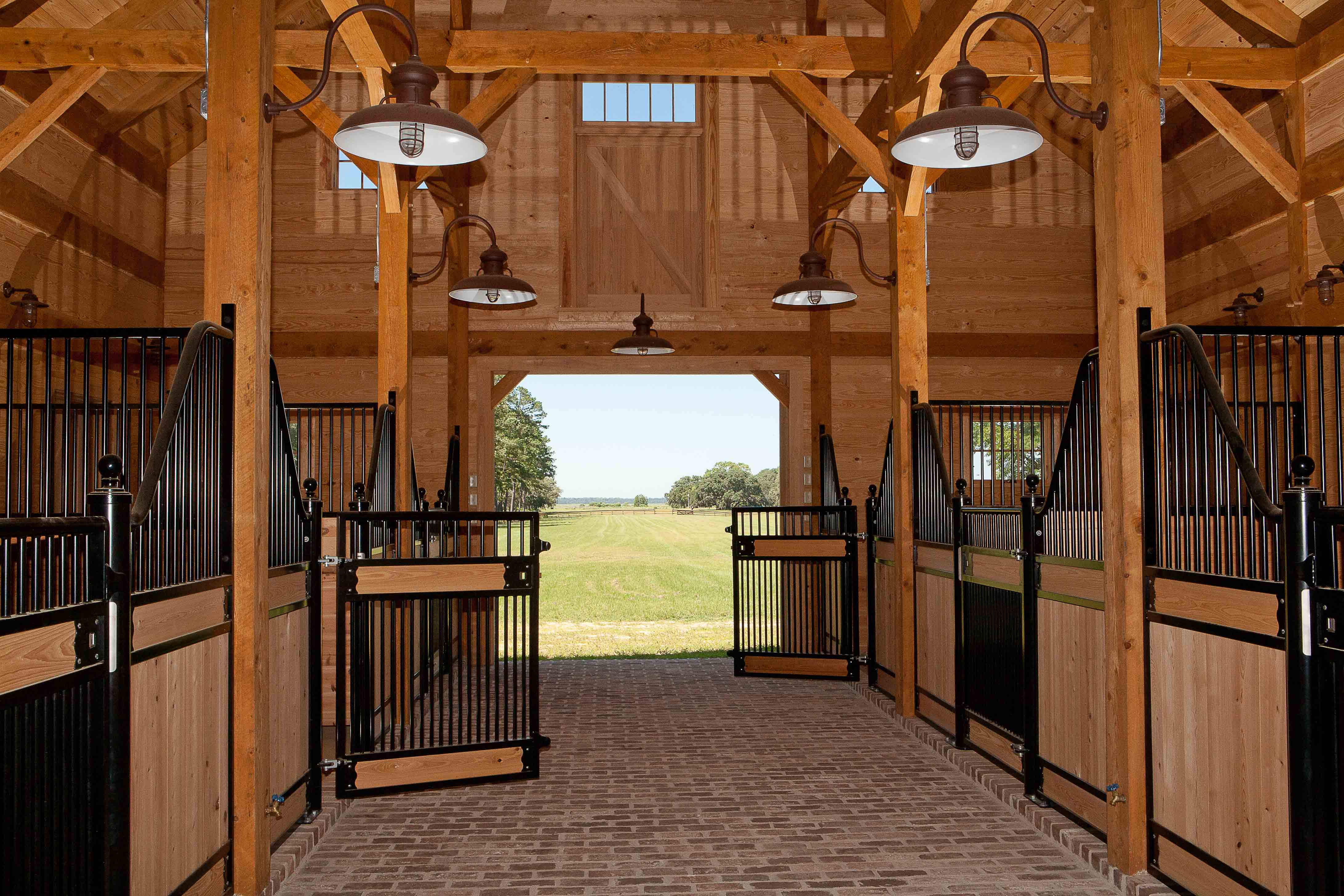
Introduction
A horse barn is a vital structure for equestrian enthusiasts and horse owners. It serves as a safe and comfortable shelter for horses, providing them with protection from the elements and a place to rest and relax. Horse barns come in various sizes and designs, tailored to meet the needs of both the horses and their caretakers.

Design and Construction
When designing a horse barn, several factors need to be considered, including the number of horses it will accommodate, the climate of the region, and the available budget. A well-designed horse barn includes features such as spacious stalls, proper ventilation, adequate lighting, and easy access to water and feed.

The construction of a horse barn involves choosing durable materials that can withstand the wear and tear caused by horses. Common materials used for barn construction include wood, metal, and concrete. It is essential to ensure that the barn is structurally sound and complies with local building codes and regulations.
Stalls
Stalls are the individual compartments where horses are kept in the barn. They provide horses with a private space to eat, sleep, and relax. The size of each stall should be large enough to allow the horse to move around comfortably. It is recommended to have a minimum stall size of 12 feet by 12 feet.

Stalls should be well-bedded with materials such as straw, shavings, or rubber mats to provide a comfortable surface for the horse to stand and lie down on. Regular cleaning and maintenance of the stalls are essential to ensure the horse's health and hygiene.
Ventilation
Proper ventilation is crucial in a horse barn to maintain good air quality and prevent the buildup of harmful gases such as ammonia. Ample airflow helps to reduce the risk of respiratory problems and other health issues in horses. Windows, vents, and fans can be incorporated into the barn design to ensure adequate ventilation.

It is important to consider the prevailing winds and natural airflow patterns when positioning windows and vents. This allows for the efficient circulation of fresh air while minimizing drafts that could make the horses uncomfortable. Regular cleaning of the barn and proper manure management also contribute to a healthy environment.
Lighting
Ample lighting is essential in a horse barn to create a bright and inviting space. Natural lighting through windows or skylights helps to reduce electricity costs during the day. Artificial lighting should be evenly distributed throughout the barn, ensuring that no dark corners or shadows are present.

Horses require a consistent light cycle to maintain their natural circadian rhythm. This can be achieved by using timers or gradually dimming the lights during the evening. Adequate lighting also facilitates regular observation and care of the horses, especially during nighttime checks.
Water and Feed
A horse barn should provide easy access to fresh water and feed for the horses. Automatic waterers or large water troughs should be installed to ensure a constant supply of clean water. It is important to regularly check and clean these water sources to prevent contamination and ensure the horses remain hydrated.

Feeding areas should be designed to prevent feed waste and allow for easy distribution of hay and grain. Proper storage for hay and feed should also be incorporated into the barn design to maintain their freshness and prevent spoilage.
Conclusion
A well-designed and properly maintained horse barn is essential for the well-being and comfort of horses. It provides them with a safe and secure environment, protecting them from harsh weather conditions and offering a place to rest and rejuvenate. By considering the needs of the horses and implementing appropriate design elements, a horse barn can become a functional and enjoyable space for both horses and their caretakers.